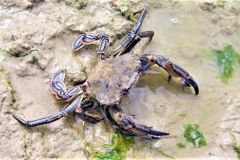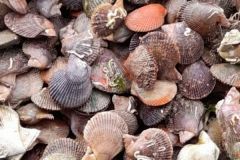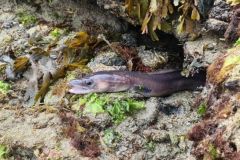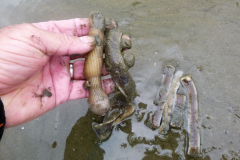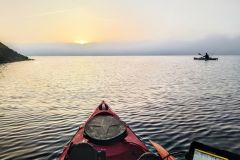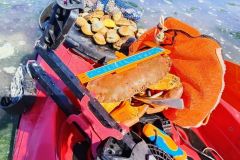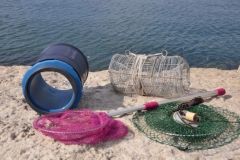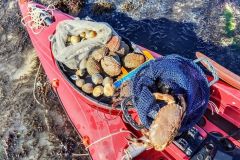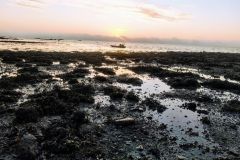Toxic phytoplankton
After a rather unsettled period of weather, it looks like the good weather is back for these 3 days on the foreshore. There is, however, one black spot: the scallop. Although harvesting has been authorized since October 1, it is once again closed for health reasons. Toxic phytoplankton is to blame. Phytoplankton is finding good conditions for development with global warming and the nutrients carried by rivers. The Brest harbor is surrounded by various agricultural activities, and 5 coastal rivers flow into its basin. The phytoplankton affecting the shells are of the "Pseudo-Nitzschia" genus.
These toxic species produce what are known as ASP (Amnesic Shellfish Poisoning) toxins. Symptoms appear within 24 to 48 hours of eating contaminated shellfish (pectinidae). Digestive problems may be followed by neurological disorders and, in severe cases, convulsions, coma and even death.
IFREMER, through its REPHY and REPHYTOX networks, continuously monitors toxin levels in shellfish and issues alerts when admissible thresholds are exceeded. In all cases, a prefectoral decree is issued prohibiting the harvesting of the species concerned, depending on the area affected.
That's why pectinids, scallops and scallops, are currently off-limits. Fortunately, there are still other species that can be harvested without danger.
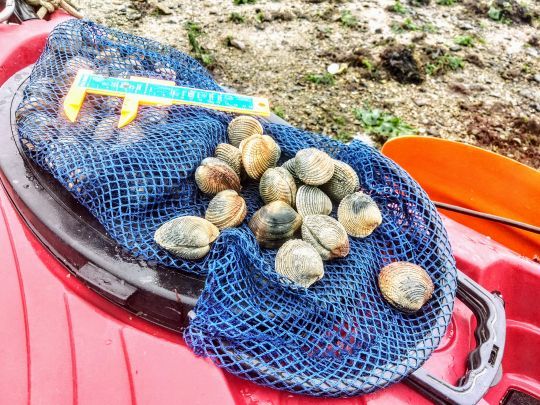
A good harvest
The first day, the coefficient is 107. While waiting for the foreshore to open up, I walk my Tataki rig in the 15 m of water surrounding the coveted plateau at low tide. Cuttlefish and squid will be there.
Once the foreshore is sufficiently exposed, I put my kayak on the gravel. I start with the big clams, then the prairies. Following the receding waters, I arrive at my areas for sleepers and abalone. The harvest is good. Once again, the big sleepers are there, heavy crabs from 17 to 21 cm wide. I keep 5 for a good meal, as I'm not alone around the table. I'll only take the males, but I'll also find 8 large females that will stay on the foreshore.
On the second day, the coefficient was 112, and I followed the same pattern as the day before, this time catching a few sea bass and some squid. As for the shellfish, I'll mainly be looking for large clams and pick up two more large sleeping males. I'll also see a number of large shells, but unfortunately they'll stay on the gravel - I don't gamble my life on a roll of the dice.

Educational session
On the third day, the coefficient was 111. No kayaking today, but an educational session for my grandchildren on the inhabitants of the foreshore. Children are receptive to this kind of outing, and it's a good idea to educate them about the good habits to have at the water's edge. Equipped with boxes of salt, we start with the knives, which are the basics and fun with young children.
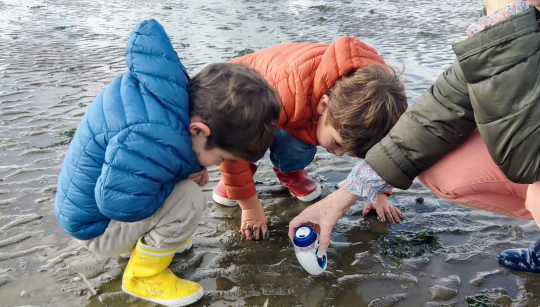
Then it's off to discover the inhabitants of the ponds: shrimps, crabs, galatheas, whelks, small fish... Each discovery brings a look of wonder. Of particular note were two species that are not found in every biotope: the sand urchin or sand mouse, a silky sea urchin that seems to be covered in fur, and the burrowing crab or unicorn crab, which they found very amusing.
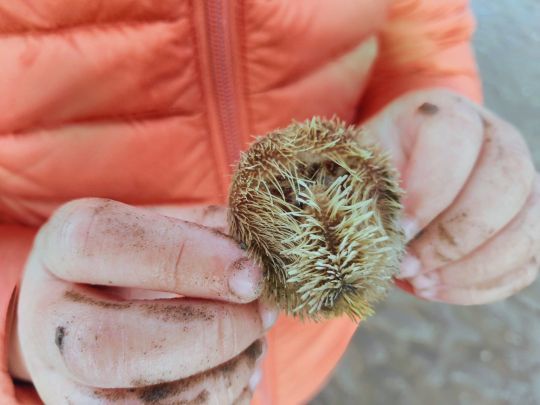
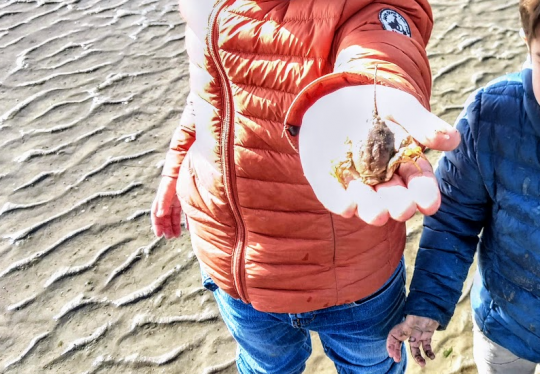
Of course, today was a no-kill day for all these species. Once again, the foreshore was generous. It's important to respect it and only take what you can eat. That way, you'll be able to enjoy every tide for a long time to come, and if you can educate future generations, that's even better.

 /
/ 




